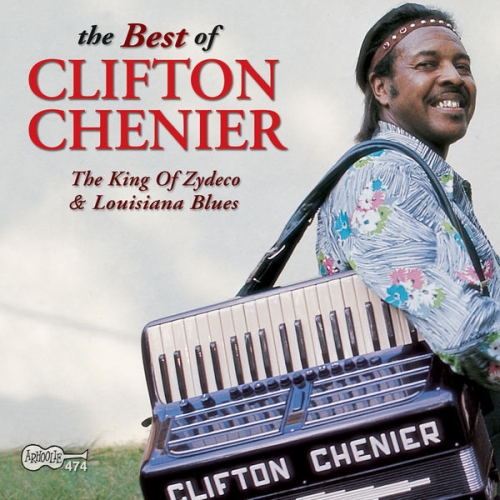Piers Lane - Schubert: Chamber Works (2015)

Artist: Piers Lane
Title: Schubert: Chamber Works
Year Of Release: 2015
Label: Chandos
Genre: Classical
Quality: FLAC (tracks+booklet)
Total Time: 148:34 min
Total Size: 624 MB
WebSite: Album Preview
Title: Schubert: Chamber Works
Year Of Release: 2015
Label: Chandos
Genre: Classical
Quality: FLAC (tracks+booklet)
Total Time: 148:34 min
Total Size: 624 MB
WebSite: Album Preview

Tracklist:
CD1:
01. I. Allegro molto
02. II. Andante
03. III. Allegro Vivace
04. I. Allegro moderato
05. II. Andante
06. III. Menuetto: Allegro
07. IV. Allegro
08. I. Allegro giusto
09. II. Andante
10. III. Menuetto
11. IV. Allegro moderato
12. I. Allegro moderato
13. II. Scherzo: Presto
14. III. Andantino
15. IV. Allegro vivace
CD2:
01. Andante -
02. Allegro - Più mosso
03. Andante molto -
04. Allegretto -
05. Andantino -
06. Tempo I -
07. Allegro vivace -
08. Allegretto - Presto
09. I. Allegro moderato
10. II. Adagio
11. III. Allegretto
12. Piano Trio in E-Flat Major, Op. 148, D. 897, :Notturno:
The electrifying partnership of Tasmin Little and Piers Lane returns in this unique double-album featuring the complete works by Schubert for violin and piano, combined with the ‘Arpeggione’ Sonata and Adagio in E flat for piano trio, an unusual collection of highly emotional masterpieces. Little and Lane have enjoyed a long-standing collaboration both on stage and in recordings. They are joined by the cellist Tim Hugh, ‘a musician with a compelling insight into the creative urge behind the notes’ (The Times).
Schubert himself was a highly competent pianist and violinist, and his first pieces for violin and piano, composed when he was nineteen, have always been regarded as proper sonatas, although published as ‘sonatinas’ by Diabelli, perhaps because of their relative brevity.
There is little new to say about the monumental ‘Arpeggione’; but Schubert’s works for violin and piano are a treasured preparation for the immediacy found in both exuberant and anguished moments of this Sonata.
The Rondeau brillant, Fantasie, and Adagio are later pieces, making use of a valuable resource which was not a major ingredient in the early works: virtuosity. Gramophone has already praised the ‘complete understanding and spontaneity’ of the artists, who ‘bring moments of true musical virtuosity’ to their first album (CHAN10749).
Schubert himself was a highly competent pianist and violinist, and his first pieces for violin and piano, composed when he was nineteen, have always been regarded as proper sonatas, although published as ‘sonatinas’ by Diabelli, perhaps because of their relative brevity.
There is little new to say about the monumental ‘Arpeggione’; but Schubert’s works for violin and piano are a treasured preparation for the immediacy found in both exuberant and anguished moments of this Sonata.
The Rondeau brillant, Fantasie, and Adagio are later pieces, making use of a valuable resource which was not a major ingredient in the early works: virtuosity. Gramophone has already praised the ‘complete understanding and spontaneity’ of the artists, who ‘bring moments of true musical virtuosity’ to their first album (CHAN10749).



![Clifton Chenier - Bon Ton Roulet! (1967) [Hi-Res] Clifton Chenier - Bon Ton Roulet! (1967) [Hi-Res]](https://img.israbox.com/img/2025-12/20/a5svymspyands9f5esq020o3f.jpg)




